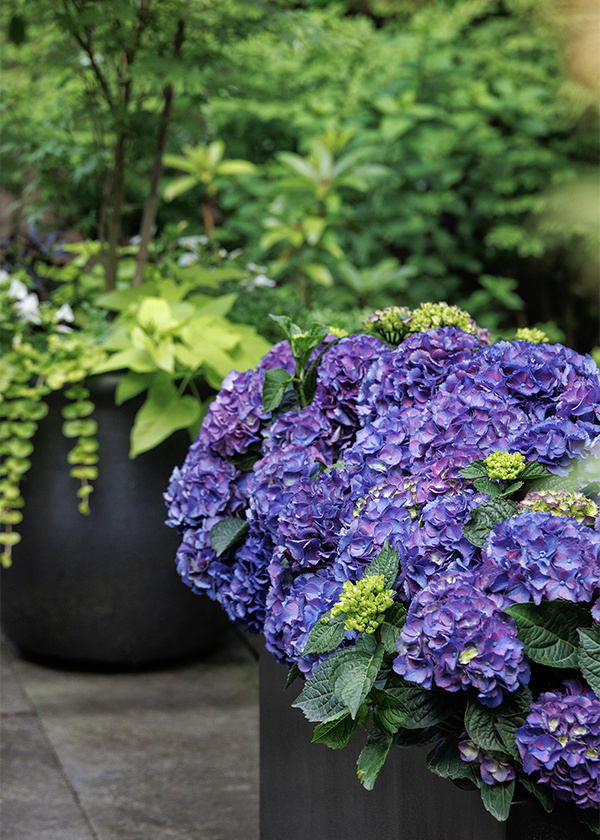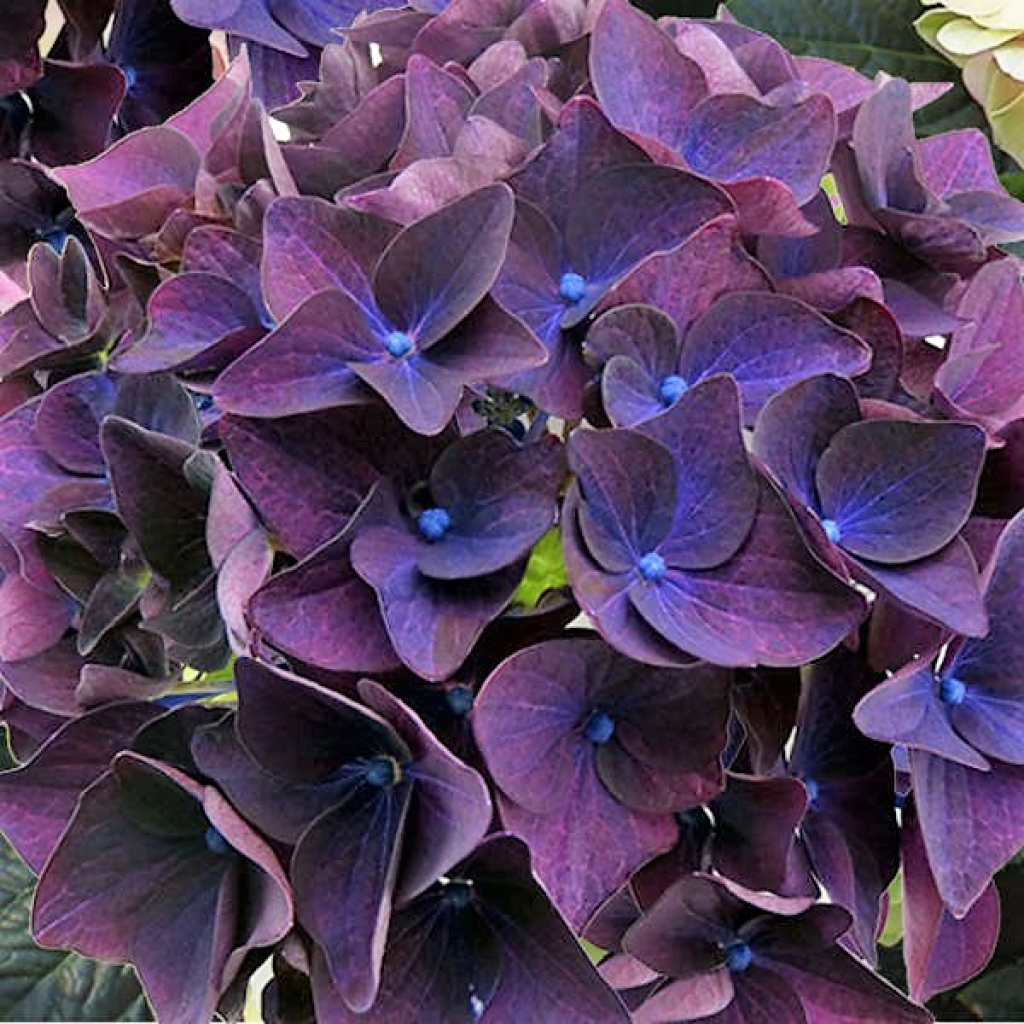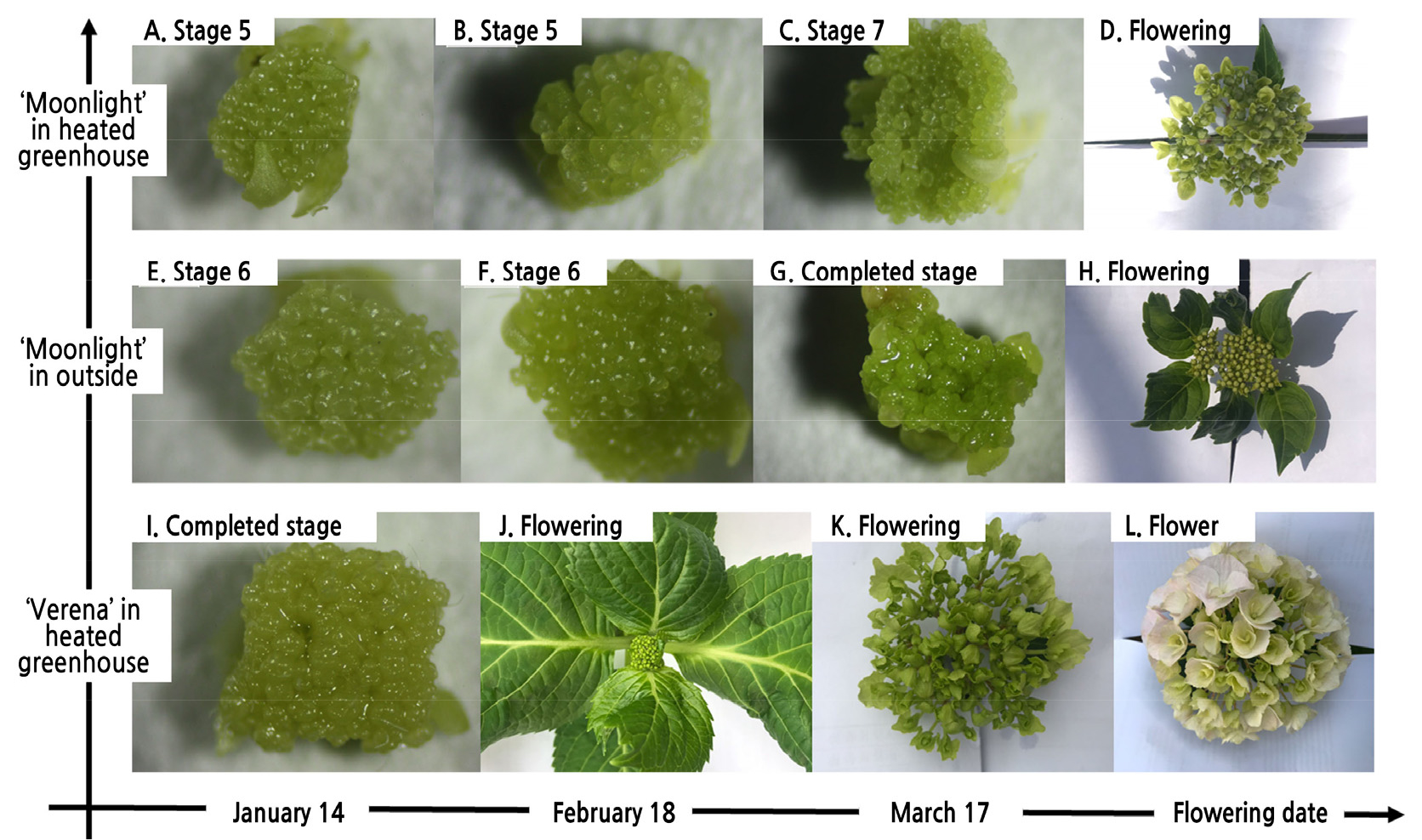How To Grow Deep Purple Hydrangeas For A Stunning Bloom
Introduction
Hydrangeas are beautiful flowering shrubs that can add a touch of elegance to any garden. There are many different varieties of hydrangeas, each with its own unique color and bloom time. Deep purple hydrangeas are a popular choice for gardeners who want to add a touch of drama to their landscape.
Deep purple hydrangeas get their color from the acidity of the soil. In acidic soils, the flowers will be a deep purple color. In alkaline soils, the flowers will be pink or blue. If you want to grow deep purple hydrangeas, it is important to test the pH of your soil and amend it accordingly.
In addition to soil acidity, there are a few other factors that can affect the color of hydrangea flowers. The amount of sunlight the plant receives can also play a role. Hydrangeas that receive full sun will typically have lighter colored flowers than those that receive partial shade.
Growing Deep Purple Hydrangeas
Here are some tips on how to grow deep purple hydrangeas:
- Choose a location that receives partial shade. Full sun will cause the flowers to fade.
- Plant in acidic soil. You can test the pH of your soil with a kit from your local garden center. If your soil is alkaline, you can amend it with peat moss, sulfur, or aluminum sulfate.
- Water regularly, especially during the first year after planting.
- Fertilize in the spring and fall with a balanced fertilizer.
- Deadhead spent blooms to encourage new growth.
- Protect from frost in cold climates.
With proper care, deep purple hydrangeas will thrive and provide you with years of beautiful blooms.
Conclusion
Growing deep purple hydrangeas is a rewarding experience. With a little care, you can enjoy these beautiful flowers for many years to come.
Here are some additional tips for growing deep purple hydrangeas:
- Mulch around the plants to help retain moisture and suppress weeds.
- Prune the plants in the spring to shape them and remove any dead or damaged branches.
- Watch for pests and diseases, and treat them promptly if they occur.
With a little care and attention, you can enjoy stunning deep purple hydrangeas in your garden for many years to come.
Deep purple hydrangeas are a beautiful addition to any garden. They bloom in late spring and summer, and their flowers can range in color from deep purple to light lavender. Deep purple hydrangeas are relatively easy to care for, and they can thrive in a variety of climates.
If you're interested in learning more about deep purple hydrangeas, I encourage you to visit Home Gardening. This website has a wealth of information about deep purple hydrangeas, including planting, care, and troubleshooting tips. You can also find photos of different deep purple hydrangea varieties, as well as a helpful plant finder tool.
FAQ of deep purple hydrangea
- What is a deep purple hydrangea?
A deep purple hydrangea is a type of bigleaf hydrangea (Hydrangea macrophylla) that produces flowers that range in color from deep purple to blue. The color of the flowers is determined by the acidity of the soil in which the plant is grown. In acidic soil, the flowers will be a deeper purple, while in alkaline soil, the flowers will be blue.
- How big does a deep purple hydrangea get?
Deep purple hydrangeas typically grow to be 3-5 feet tall and wide. They have large, showy flowers that bloom in late spring to early summer.
- What are the best growing conditions for deep purple hydrangeas?
Deep purple hydrangeas prefer full sun to partial shade and moist, well-drained soil. They are hardy in USDA zones 4-9.
- How do I care for a deep purple hydrangea?
Deep purple hydrangeas are relatively easy to care for. Water them regularly, especially during hot, dry weather. Fertilize them once a year in the spring with a balanced fertilizer. Deadhead spent flowers to encourage new blooms.
- How can I make my deep purple hydrangeas more purple?
If you want your deep purple hydrangeas to be a deeper purple, you can add aluminum sulfate to the soil around the plants. Aluminum sulfate lowers the pH of the soil, which will cause the flowers to turn a deeper purple.
- What are some common pests and diseases that affect deep purple hydrangeas?
Deep purple hydrangeas are susceptible to a few common pests and diseases, including aphids, spider mites, and powdery mildew. You can control these pests and diseases with insecticidal soap or neem oil.
- How can I propagate deep purple hydrangeas?
Deep purple hydrangeas can be propagated by taking cuttings in the spring or fall. To take a cutting, simply cut a 4-6 inch piece of new growth from the plant. Remove the lower leaves from the cutting and dip the end in rooting hormone. Plant the cutting in a pot of moist potting mix and place it in a warm, shady spot. The cutting should root in a few weeks.
Image of deep purple hydrangea
10 different images of deep purple hydrangea that are free to use:






Post a Comment for "How To Grow Deep Purple Hydrangeas For A Stunning Bloom"